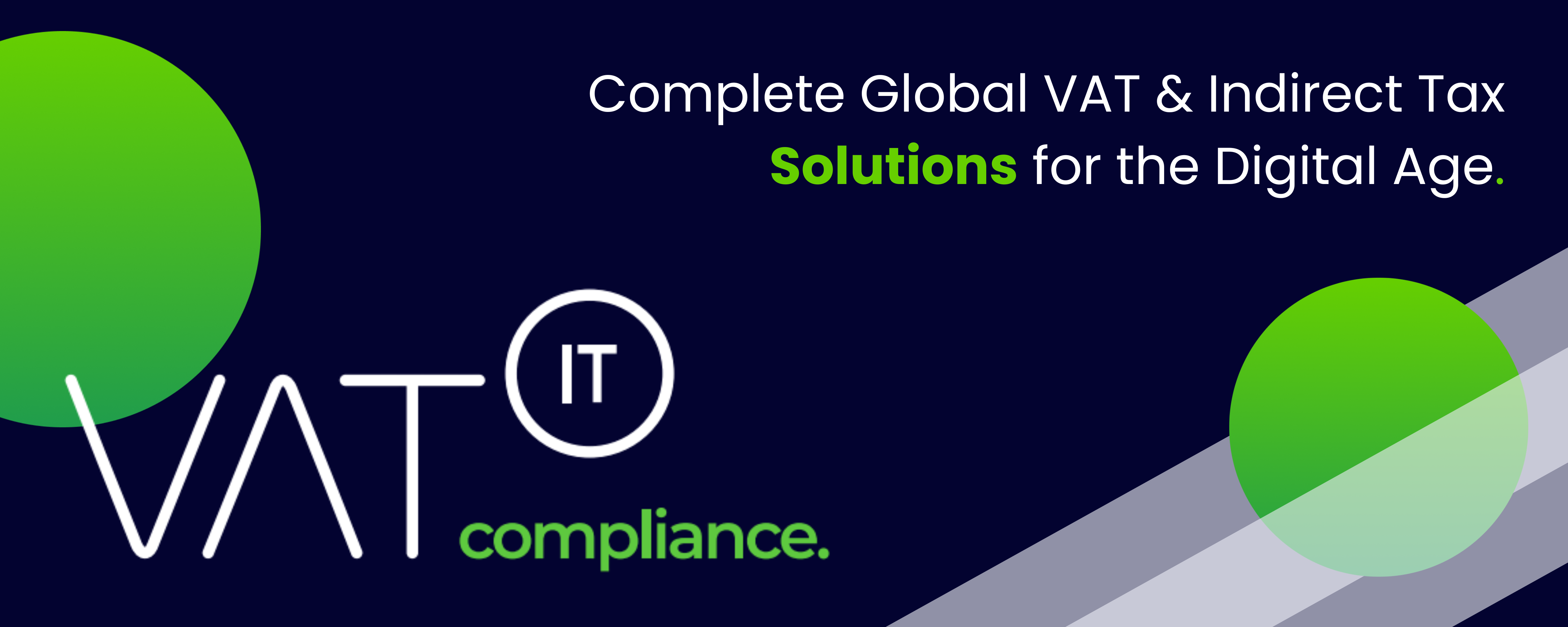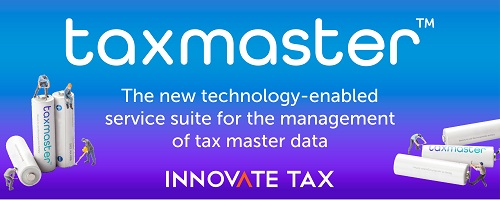- VAT (Value Added Tax) is a crucial part of many countries’ tax systems, with businesses playing a significant role in its collection and remittance.
- Understanding the concepts of input VAT (VAT paid by a business on purchases) and output VAT (VAT charged by a business on sales) is essential for effective navigation of VAT regulations.
- Input VAT is important for businesses as it can be deducted from output VAT, reducing overall tax liability and helping with cash flow management. Eligible expenses for input VAT deduction must be related to the company’s activity and supported by proper documentation.
- Output VAT is what a VAT-registered business charges its customers on the sale of goods and services, with the appropriate VAT rate applied based on the type of goods or services provided.
- Remitting output VAT to tax authorities is crucial for compliance, with the seller or supplier responsible for collecting the VAT amount from the buyer as part of the sales price.
- Accurately calculating input and output VAT is necessary for businesses to minimize their tax liability and confidently navigate the VAT landscape.
Source Taxually














